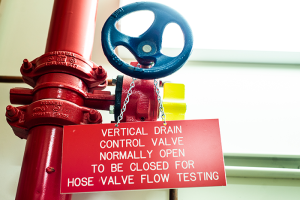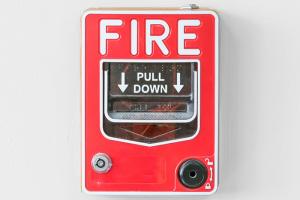Temperature and humidity for ORs and sterile storage
One of the most challenging issues for hospital facilities managers is compliance with temperature and humidity ranges in the perioperative services setting. Published standards such as ANSI/ASHRAE/ASHE Standard 170, Ventilation of Health Care Facilities, which were developed and established to design new air handlers, are increasingly being applied to existing air handlers. Also, product manufacturers’ published temperature and humidity requirements in their instructions for use (IFU) most likely were not considered at the time of the design of an air handler. Although challenging, there are collaborative solutions to remain compliant and promote the safest environment possible.
Although the Centers for Medicare & Medicaid Services issued a categorical waiver to allow a low range of 20% relative humidity (RH) in 2013, manufacturers of sterile products did not follow suit. It is for this reason that a 30% RH is still enforced: because a manufacturer IFU requires it. This situation can be mitigated by closely tracking the product IFU, documenting its requirements and tracking the system accordingly.
Collaborative solutions include approaching the maintenance of spaces not just from the facilities management perspective but as an interdisciplinary team. An ASHRAE white paper titled “Humidity Control Events in Perioperative Care Areas,” published in 2019, outlines the use of a perioperative decision team, consisting of facilities representatives working with perioperative and infection prevention professionals to determine how best to approach the environment when it is out of range of set temperature and humidity requirements for extended periods of time.
This team decides the level of risk associated with being out of range and does not rely on one individual to make the decision. A draft policy tool, based on this white paper, is available for download by visiting the link on the left side of this column. This approach can be applied to any area sensitive to environmental concerns, including compounding pharmacies.
Other customized solutions include adding humidifiers for facilities in parts of the country with cold winters where managing the low range of the humidity scale is a challenge, or using systems that run to remove moisture from the air in areas with warmer climates.




